Purple Apricot
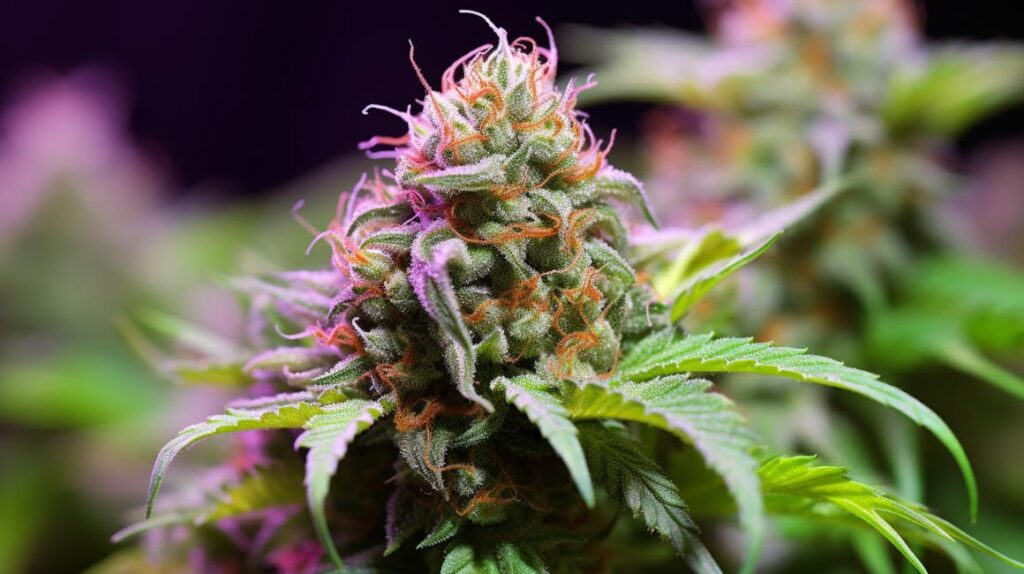
The Purple Apricot strain, with its intriguing lineage of Purple Punch and Orange Apricot, presents a fascinating subject for discussion among cannabis enthusiasts and researchers alike. Its balanced THC and CBD content, coupled with a unique terpene profile, suggest a complex interplay between its genetic heritage and the resultant effects on users. This hybrid’s potential in therapeutic applications, especially in managing various conditions such as anxiety and chronic pain, invites a closer examination of its properties. As we explore the nuances of Purple Apricot, one cannot help but wonder about the broader implications of its use in both medical and recreational contexts.
Key Takeaways
- Purple Apricot is a hybrid strain, predominantly indica (90%) with sativa (10%) traits, offering a balance of relaxation and uplift.
- It inherits fruity and citrus flavors from its parent strains, Purple Punch and Orange Apricot, presenting a sweet, apricot, and mint profile.
- The strain has a THC content ranging from 13% to 19%, making it suitable for both beginners and experienced users seeking therapeutic benefits.
- Terpenes like terpinolene, myrcene, and limonene contribute to its sedative effects, earthy scent, and citrus aroma, enhancing the smoking experience.
- Purple Apricot is reported to be effective for anxiety, stress, depression, and managing physical discomforts such as chronic pain and headaches.
Genetic Lineage
The genetic lineage of Purple Apricot, a meticulously crafted hybrid strain, is mainly indica, with a composition that is 90% indica and 10% sativa, stemming from its parent strains, Purple Punch and Orange Apricot. This carefully balanced genetic foundation gives rise to a strain that embodies the best of both worlds, combining the deeply relaxing effects characteristic of indica with the uplifting and euphoric sensations typically associated with sativa varieties. The indica dominance is evident in the strain’s physical effects, which are profoundly calming and can lead to a state of blissful relaxation.
The parentage of Purple Apricot plays a significant role in its aromatic and flavor profiles. Purple Punch, known for its dessert-like qualities, contributes to the sweet, fruity flavor that is a hallmark of Purple Apricot. Meanwhile, Orange Apricot adds an invigorating citrus undertone, enhancing the overall sensory experience. The combination of these flavors results in a unique and enjoyable taste that has become a favorite among connoisseurs.
Furthermore, the relaxing effects attributed to Purple Apricot are a direct result of its genetic lineage. This strain is sought after for its ability to induce a sense of calm and happiness, making it an excellent choice for evening use or for those looking to unwind after a stressful day.
THC/CBD Content
Understanding the THC/CBD content in Purple Apricot provides further insight into its relaxing effects and potential therapeutic benefits. With a THC content ranging between 13% to 19%, Purple Apricot falls into a moderate to slightly high category when it comes to potency. This level of THC is known for its psychoactive properties, which can induce feelings of euphoria and relaxation, making it a popular choice for recreational users seeking a balanced high. On the other hand, the CBD content, albeit modest at 0.14% to 0.4%, contributes to the strain’s overall effects by potentially offering therapeutic benefits without a strong psychoactive impact.
The interplay between THC and CBD in Purple Apricot is essential for understanding both its recreational appeal and its potential medicinal applications. THC’s psychoactive effects can aid in stress relief and mood improvement, while CBD’s presence, though lower, might help in reducing inflammation and anxiety, contributing to a more balanced and less intense experience. This knowledge allows users to make informed decisions about consumption, tailoring their use to achieve desired effects and benefits, whether for leisure or therapeutic purposes.
Terpene Profile
Exploring the terpene profile of the Purple Apricot strain, we discover a fascinating combination of terpinolene, myrcene, and limonene, each contributing to the strain’s distinctive aroma and potential therapeutic effects. Terpinolene, known for its floral aroma, plays a pivotal role in defining the olfactory experience of Purple Apricot. Its presence is not just about adding a pleasant scent; research suggests terpinolene may also offer sedative effects, which could be beneficial for users seeking relaxation.
Myrcene, another significant terpene in the Purple Apricot profile, introduces an earthy, herbal scent. This terpene is widely recognized for its potential relaxing properties, further contributing to the strain’s allure for those looking to unwind. The synergy between terpinolene and myrcene could amplify the strain’s calming effects, showcasing how the terpene profile influences the overall experience.
Limonene adds a fresh, citrusy aroma to the mix, rounding out the Purple Apricot’s unique flavor profile. Beyond its mood-enhancing and anti-anxiety effects, limonene’s contribution to the terpene profile underscores the complexity and potential therapeutic benefits of the Purple Apricot strain. The interplay of these terpenes not only creates a memorable aroma but also suggests a multifaceted approach to potential relief and enjoyment.
Effects
Users of the Purple Apricot strain frequently report experiencing a trifecta of relaxation, euphoria, and gaiety, illustrating the strain’s multifaceted impact on mood and mental state. Drawing from feedback given by 43 individuals, it’s clear that Purple Apricot’s effects are not just anecdotal but form a pattern of positive psychological impacts. Significantly, the strain’s ability to induce feelings of relaxation is a cornerstone of its appeal. This relaxation is not merely physical but profoundly affects the mental state, offering a reprieve from the day-to-day stresses that accumulate over time.
However, it’s imperative to analyze the reported effects with a critical lens, acknowledging the reported negatives such as headaches, dry mouth, and dizziness. These adverse reactions, while less common, underscore the importance of moderation and individual sensitivity considerations.
Delving deeper into the strain’s utility, the reported relief from anxiety, stress, and depression by a significant portion of users highlights Purple Apricot’s potential as a therapeutic strain. Its calming effects, in particular, are highly valued, making it a favored choice for those seeking a natural way to manage stress and anxiety. The complex interplay of its euphoric and relaxing effects underscores the strain’s capability to address multiple aspects of discomfort, positioning Purple Apricot as a versatile choice for enhancing well-being.
Medical Uses
Exploring the medical applications of the Purple Apricot strain reveals its significant potential in managing conditions like anxiety, stress, and depression, as supported by substantial user feedback. Analysis of 43 user reviews highlights how Purple Apricot is particularly effective in alleviating symptoms of anxiety in 35% of cases, stress in 19% of cases, and depression in 16% of cases. This trend underscores the strain’s therapeutic versatility, suggesting its suitability for a wide range of mental health challenges.
The benefits of Purple Apricot extend beyond psychological relief; it also demonstrates efficacy in addressing physical discomforts such as chronic pain, muscle pain, and headaches. This dual-action relief is crucial for individuals seeking thorough symptom management without resorting to multiple medications. The strain’s ability to induce relaxation, happiness, and euphoria plays a significant role in its effectiveness, contributing to an overall sense of wellbeing.
Considering its THC content, which ranges from 13% to 19%, Purple Apricot is accessible to beginners. This mild to moderate potency ensures that users can achieve the desired medical benefits—such as relief from anxiety, stress, depression, and chronic pain—without overwhelming psychoactive effects, positioning Purple Apricot as a viable option for therapeutic use.
Flavor and Aroma
The Purple Apricot strain distinguishes itself with a complex flavor profile, characterized by a sweet, fruity essence punctuated by notes of apricots and mint, complemented by a rich, floral aroma that captivates the senses. This unique blend of flavors and aromas is largely attributed to its terpene profile, which includes terpinolene, myrcene, and limonene. These terpenes are known for their ability to provide a sweet, sugary berry taste that is enhanced by the subtleties of tree fruit and citrus, offering a multi-layered sensory experience.
Consumers often praise Purple Apricot for its mouth-watering aroma and delicious taste profile, which stand out notably among cannabis strains. The aroma, described as a combination of apricot, floral, and fruity notes, sets the stage for the delightful tasting experience that follows. The initial sweet, fruity flavor smoothly shifts into a more nuanced mix, with hints of apricots and mint that linger on the palate. This carefully balanced flavor and aroma profile ensures that Purple Apricot remains a memorable strain for both connoisseurs and casual users alike, highlighting its appeal in the cannabis market.
Appearance
A visual feast for the eyes, Purple Apricot buds exhibit a vibrant palette of purple, blue, and green, making them not only a treat for the palate but a spectacle in their own right. These hues, deeply embedded in the medium-sized flowers, capture the essence of visual allure, turning each bud into a miniature masterpiece of nature. The presence of trichomes adds a frosty and resinous sheen, accentuating the vivid colors underneath and giving them an almost surreal appearance.
Moreover, the subtle infusions of orange and apricot hues complement the dominant purples, bringing warmth to the cool spectrum and creating a harmonious visual contrast that is as intricate as it is beautiful. This interplay of colors not only enhances the visual appeal of the Purple Apricot buds but also hints at the complex flavor profile that awaits the consumer. The overall appearance of these buds is not just visually striking; it is a testament to the careful cultivation and genetic richness of the Purple Apricot strain, making each flower a unique and aesthetically pleasing specimen.
Grow Information
Having admired the Purple Apricot‘s stunning visual appeal, it’s equally important to understand the cultivation process that brings such beauty to fruition. Purple Apricot, a hybrid strain ingeniously crafted by Compound Genetics, emerges from a combination of Purple Punch and Orange Apricot. This genetic lineage not only endows it with its unique palette of flavors—apricot, tree fruit, and lavender—but also contributes to its adaptability both indoors and outdoors.
The plant’s moderate height and the potential for a moderate-to-high yield make it an attractive option for cultivators of varying experience levels, from novices to veterans in the field. The Purple Apricot thrives within specific humidity and temperature ranges, which, while precise, are not beyond the capabilities of a controlled growing environment. This accessibility regarding cultivation requirements underscores its appeal.
A flowering period of approximately nine weeks is required for the Purple Apricot to produce its vibrant flowers, showcasing hues of purple, blue, and green. These visually compelling characteristics, combined with its distinctive terpene profile, affirm the Purple Apricot’s status as a favored choice among connoisseurs and cultivators alike for its aesthetic appeal, growth friendliness, and flavorful experience.
Adverse Effects
While Purple Apricot strain offers an array of benefits to users, it’s imperative to note the reported adverse effects, including headaches, dry mouth, and dizziness, as documented in user reviews. These negative reactions underscore the importance of acknowledging potential drawbacks alongside the positive aspects of consuming this strain. The incidence of such adverse effects highlights the necessity for consumers to approach Purple Apricot with caution, particularly those who are new to its use or cannabis in general.
The variability in individual tolerance and sensitivity to cannabis strains like Purple Apricot cannot be overstated. This variance underscores the unpredictability of adverse reactions, with some individuals experiencing more pronounced effects than others. It’s a reminder that personal biochemistry plays a significant role in how one might react to specific cannabis strains.
Given these considerations, the recommendation to consult with a healthcare professional before trying Purple Apricot is wise advice. This is especially pertinent for individuals with preexisting health conditions or those who are particularly sensitive to the effects of cannabis. Such a consultation can provide personalized guidance, helping to mitigate potential adverse effects and ensuring a safer consumption experience.
Comparisons with Similar Strains
In the diverse world of cannabis strains, Purple Apricot distinguishes itself through a unique balance of effects and a distinctive flavor profile, setting a benchmark for comparison with strains like 10th Planet, 12 Year OG, and 24K Gold.
With its hybrid composition leaning heavily towards Indica (90% Indica, 10% Sativa), Purple Apricot offers a nuanced experience that blends relaxation with euphoria, a characteristic not always found in its counterparts. The distinct flavor profile of Purple Apricot, marked by hints of apricots and mint, stands out against the more traditional or expected flavors present in similar strains.
When evaluating the effects, users have consistently reported that Purple Apricot delivers a blend of relaxation, happiness, calmness, and sedation. This multi-faceted impact makes it a versatile choice for those seeking therapeutic relief or simply a peaceful end to their day.
The potency of Purple Apricot, with THC levels ranging from 13% to 19%, positions it as a moderate strain that can cater to both novice and experienced users without overwhelming the former or underwhelming the latter. This balance of effects, coupled with its unique flavor profile, underscores the distinctiveness of Purple Apricot when compared to other strains, demonstrating its appeal across a broad spectrum of cannabis consumers.
Research and Studies
Scientific investigation into the Purple Apricot strain has provided valuable insights into its therapeutic potential, particularly in the areas of anxiety relief, appetite stimulation, and migraine mitigation. As an indica-dominant hybrid, with a significant 90% indica lineage, Purple Apricot exhibits a THC content ranging from 13% to 19%. This moderate potency is pivotal in eliciting its acclaimed calming and euphoric effects without overwhelming the user, making it a subject of interest among researchers looking into cannabis for medical use.
The unique genetic makeup of Purple Apricot, resulting from a cross between Purple Punch and Orange Apricot strains, contributes to its distinct profile. Studies and user reviews highlight its efficacy in delivering relaxation and happiness, alongside inducing sleepiness. These effects are particularly relevant in the context of anxiety management, where the strain’s calming properties can play a vital role. Additionally, its potential in stimulating appetite and mitigating migraines opens new avenues for research, with the possibility of offering relief to individuals suffering from these conditions. The detailed analysis of Purple Apricot’s components, such as its indica dominance and THC levels, underscores its value in the ongoing exploration of cannabis strains for therapeutic purposes.
History and Origin
Tracing its roots back to the innovative breeding practices of Compound Genetics, the Purple Apricot strain emerged from a meticulous crossbreeding of Purple Punch and Orange Apricot strains, showcasing a rich lineage in its flavor and therapeutic profile. This hybrid strain represents a successful endeavor to blend the best characteristics of its parent strains, leading to a distinctive flavor profile and a range of sought-after effects.
Key aspects of Purple Apricot’s history and origin include:
- Creation by Compound Genetics: A demonstration of their expertise in genetic selection and breeding.
- Parent Strains: The combination of Purple Punch and Orange Apricot strains contributes to its unique properties.
- Flavor and Effects: Known for its apricot, tree fruit, and citrus flavors, along with effects promoting relaxation, happiness, and euphoria.
- Therapeutic Use: Users report benefits for anxiety, stress, and depression, making it a versatile strain for mental health support.
With a THC content suitable for a broad spectrum of users, Purple Apricot stands out as a thoughtfully developed strain, balancing the art of breeding with the science of cannabis genetics for relaxation and anxiety relief.
Frequently Asked Questions
Is Purple Apricot Indica or Sativa?
When examining a cannabis strain’s classification, factors such as genetics, terpene profile, cultivation techniques, THC content, and user experiences are pivotal. The Purple Apricot strain, being Indica-dominant, offers medicinal benefits aligned with relaxation and stress relief.
Is Apricot an Indica or Sativa?
Apricot strains, including variants like Purple Apricot, exhibit a blend of Indica or Sativa genetics. Focused cultivation enhances their terpene profile, THC content, and strain effects, impacting consumption methods and the overall user experience.
What Are Purple Apricots?
Purple apricots, not to be confused with a cannabis strain, do not directly relate to apricot genetics, flavor profile, cultivation tips, medical uses, THC content, or growing regions in the traditional horticultural sense.
Is There a Purple Apricot?
Yes, the Purple Apricot strain, a result of precise apricot genetics and purple cultivation techniques, embodies unique strain origins. Its color variations and distinct terpene profiles emerge from meticulous selection and optimized harvest times.

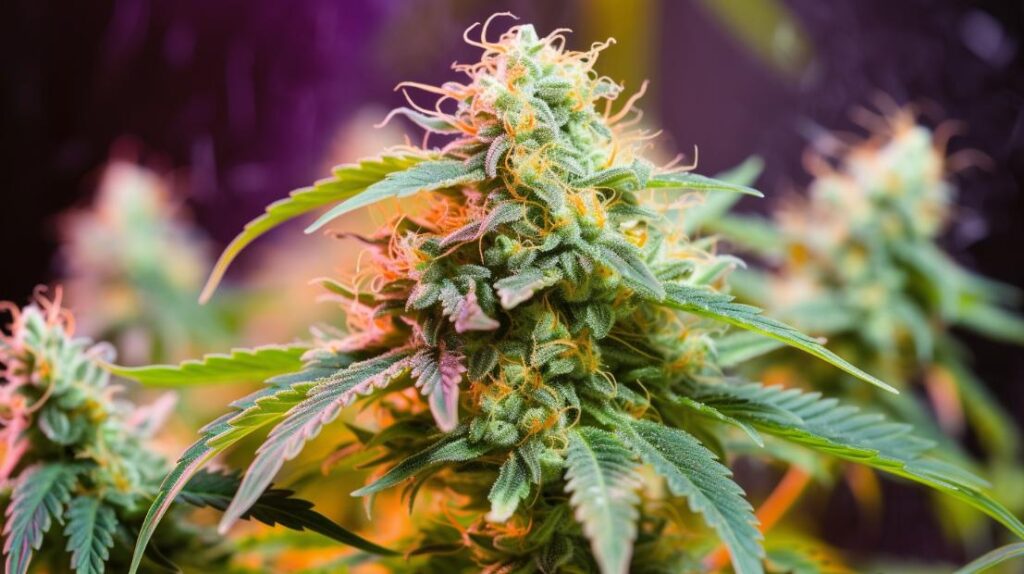
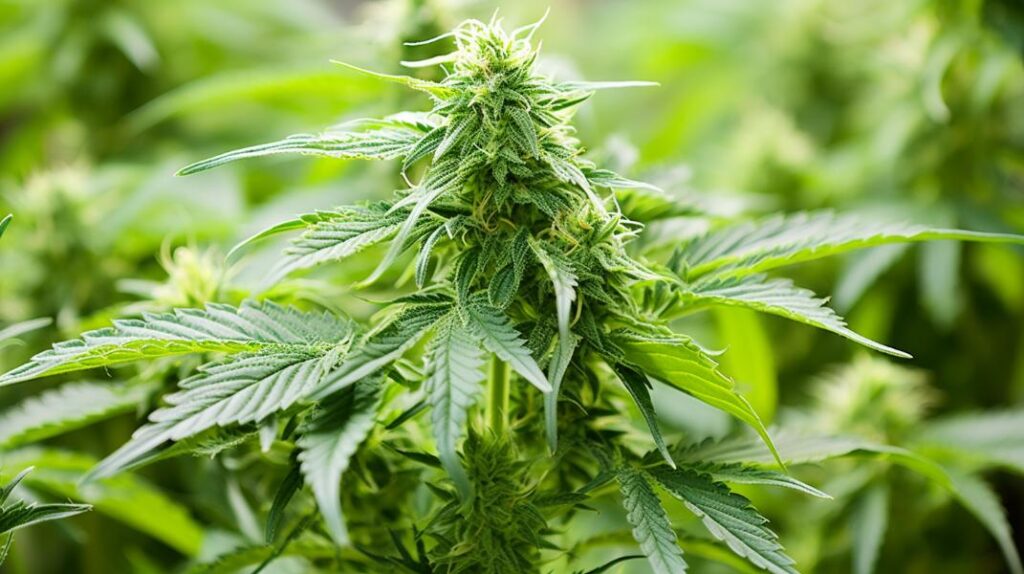
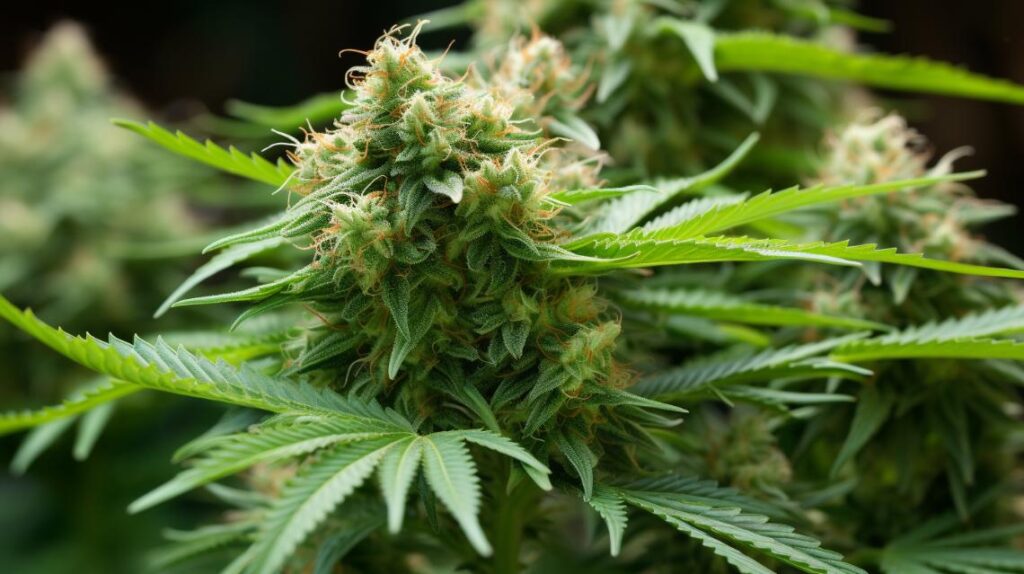
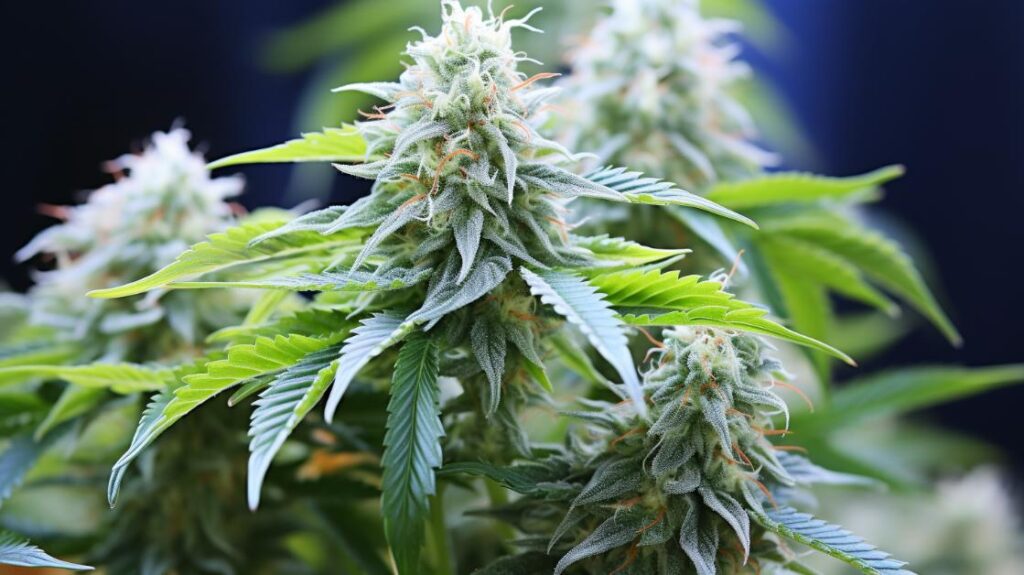
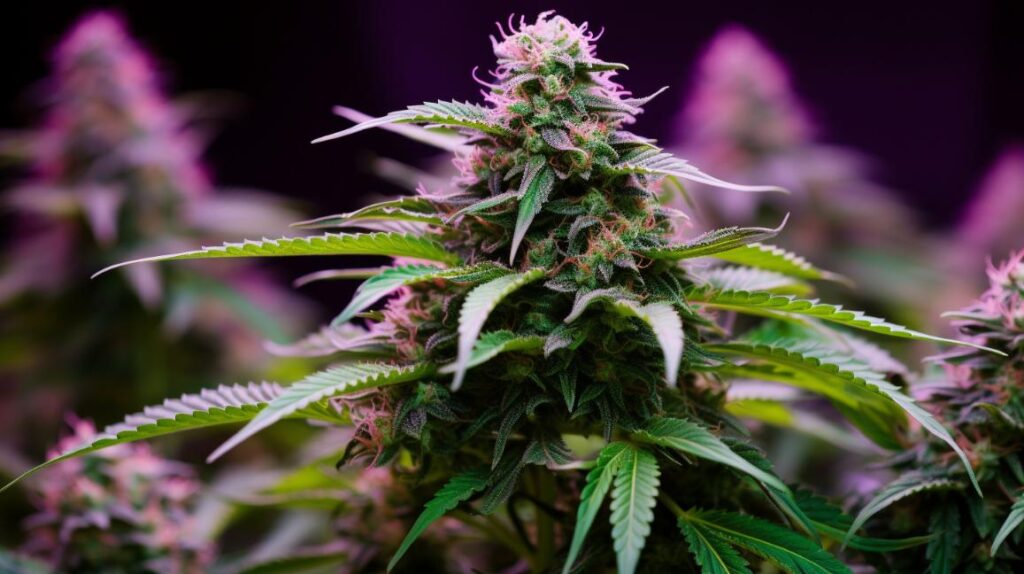

Responses